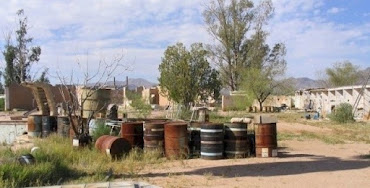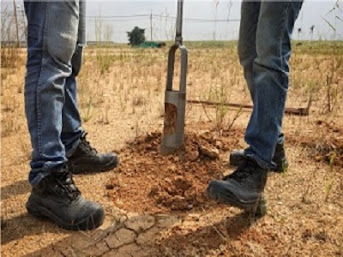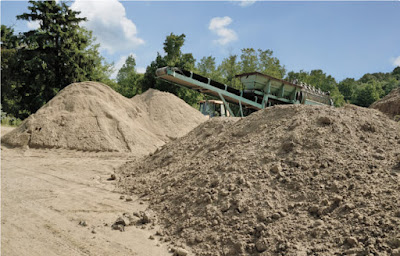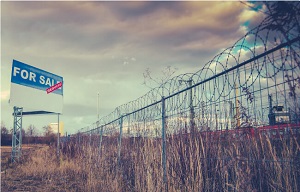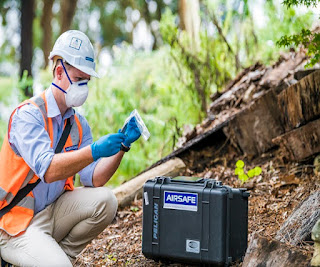In the dynamic landscape of
environmental management, understanding the nuances of contamination reports is
crucial for ensuring the health and sustainability of our surroundings.
A Phase 1 Contamination Report Sydney serves as the
initial exploration into the environmental history and conditions of a specific
site. It is a comprehensive assessment designed to identify potential sources
of contamination, evaluate historical land use, and determine the need for
further investigation.
Key Components of a Phase 1
report
- Historical Research - Phase 1 begins with an
in-depth analysis of historical records, including aerial photographs,
maps, and previous land use documentation. This helps identify any
activities that may have contributed to environmental contamination.
- Site Inspection - A thorough on-site
inspection is conducted to visually assess the current conditions,
potential contamination sources, and any visible signs of environmental
degradation.
- Regulatory Compliance Check - The Phase 1
report ensures compliance with environmental regulations by identifying
potential liabilities and assessing the risk of contamination on and
around the site.
- Stakeholder Consultation - Collaboration with
local authorities, previous property owners, and other stakeholders
provides valuable insights into the site's environmental history and aids
in establishing a comprehensive understanding.
Building upon the insights
gained from Phase 1 Contamination Report Sydney, a Phase 2
Contamination Report delves deeper into the specific contaminants present on
the site. This phase involves detailed sampling, laboratory analysis, and a
comprehensive risk assessment.
 |
Phase 2 Contamination Report
Sydney |
Key Components of a Phase 2
Report
Sampling and Analysis - The Phase 2 Contamination Report Sydney involves collecting environmental samples, including soil, water, and air, at strategic locations on the site. These samples are then subjected to rigorous laboratory analysis to identify the types and concentrations of contaminants.
Risk Assessment - A detailed risk assessment is conducted to evaluate the potential impact of identified contaminants on human health and the environment. This assessment guides the formulation of appropriate remediation strategies.
Remediation Options - Based on the findings of the Phase 2 Contamination Report Sydney, remediation options are explored. These may include physical removal of contaminants, soil stabilization, or other innovative techniques to mitigate environmental risks.
